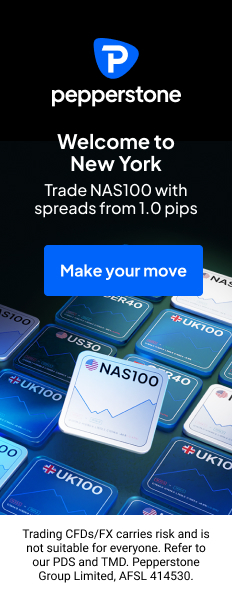Cryptocurrency transactions don’t appear on blockchains immediately. They first land in a mempool – a temporary holding area where miners and validators queue them for processing. During busy periods, mempools can become congested with thousands of pending transactions.

Two types of mempools exist: public ones, where all pending transactions are visible, and private ones that hide transaction details until confirmation. Users exploring the cross-chain options on the Jumper Exchange website should understand this difference, particularly since MEV (Maximal Extractable Value) attacks have become a significant concern for DeFi users.
Public Mempools: Transparency with Consequences
Most blockchain networks use public mempools by default. Ethereum’s public mempool broadcasts every pending transaction to nodes worldwide. This transparency serves blockchain’s decentralized principles – anyone can monitor network activity and verify transaction ordering.
However, this openness creates opportunities for exploitation. MEV extraction has grown substantially since DeFi’s expansion in 2020. Sandwich attacks represent one common form of MEV. In these attacks, bots place orders before and after user transactions to profit from price movements. Cross-chain transactions (e.g., bridging Solana to Arbitrum) are more vulnerable, since larger amounts and complex routing invite exploitation.
A typical sandwich attack works like this: when a user places a large trade that will move token prices, bots detect the pending transaction. They quickly submit their own buy order with higher gas fees to execute first, driving up the price. After the user’s transaction executes at the inflated price, the bot sells for a profit. The user pays more than necessary while the bot captures the difference.
Private Mempools: Protection Through Obscurity
Developers created private mempools to combat MEV exploitation. Instead of broadcasting transactions publicly, they send them directly to specific block builders or mining pools. Services like Flashbots Protect pioneered this approach, offering users protection from front-running attacks.
The protection works because transactions are sent privately to select block builders, not the entire network. Users who route transactions through private mempools often experience better execution prices, especially on larger trades. Cross-chain bridging platforms increasingly integrate these services to protect users from predatory trading practices.
Privacy represents another benefit. Just as traditional finance uses dark pools (private exchanges for large equity orders) to hide large institutional trades, crypto’s private mempools prevent market manipulation based on pending transaction data. This proves particularly valuable for users making significant swaps or complex DeFi operations.
Trade-offs and Choosing the Right Approach
Private mempools require trust in the operator. Unlike public mempools, where transparency provides some accountability, users must rely on the service provider’s reputation and technical implementation. Some private mempool services have discontinued operations, forcing users to find alternatives.
Transaction inclusion can sometimes be slower in private mempools, since public mempools give transactions access to all miners and validators. Private mempools limit this to participating block builders. During network upgrades or when fewer validators participate in private mempool systems, users might experience delays.
Costs vary between services. Some private mempool providers like Flashbots Protect charge no direct fees but share MEV revenue with block builders. Others charge percentage-based fees on transaction value, usually ranging from 0.1% to 0.5%. These costs often remain lower than potential MEV losses on larger trades.
Selection depends on trade size and market volatility. MEV extraction can be profitable across various trade sizes – typically larger amounts in smaller liquidity pools, but sometimes even smaller trades in extremely thin markets. The profitability depends on multiple factors, including gas costs and bot competition. Trades above certain thresholds often achieve better execution prices when routed through private mempools, particularly during volatile market conditions.
Many platforms now automate this decision. Popular wallets and DEX aggregators analyze transaction conditions to determine optimal routing, automatically routing qualifying transactions through private mempools when beneficial.
The choice depends on individual risk tolerance and transaction patterns. Public mempools offer speed and transparency. Private mempools provide protection at the cost of some decentralization.


 Hot Features
Hot Features













